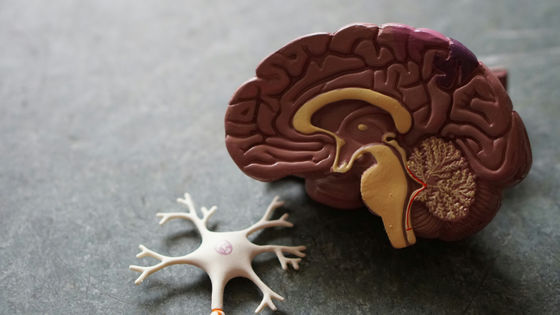What are the characteristics of people with high and low pain tolerance?

Even with the same intensity of stimulation, people feel pain differently, and some people don't feel any pain at all. Joshua Pei, a physiotherapist at the University of Technology, Sydney, explains from various perspectives what the difference is between people who are sensitive to pain and those who are not.
Some people say they have a high pain threshold. Here's why
One of the terms used to describe pain is the 'pain threshold.' This refers to the point at which pain is felt when stimuli such as heat, cold, and pressure are applied, but the threshold is very complex and is not simply determined by the intensity of the physical stimulus, but is related to various backgrounds ranging from genetics and psychology to culture, Pei points out.
Pei introduced several factors that affect the threshold.
Gender Differences
Some studies suggest that women are generally more sensitive to pain than men, are less susceptible to many painful conditions, and experience more pain than men throughout their lives. One study investigating common chronic pain conditions (headaches, back and neck pain, arthritis and joint pain, and other chronic pain) in 10 developed and 7 developing countries found a clear difference in the prevalence of pain in women (45%) compared with 31% in men. Another study also showed that women are more likely to visit pain clinics. Some believe that this difference is due to differences in hormones such as testosterone, but the actual reason is not well understood.
On the other hand, it is possible that gender differences in pain thresholds reflect 'social norms' that expect men to be more stoic than women. In many countries and cultures, there is a normative consciousness that 'men should be strong,' but according to Pei, this consciousness changes the way we perceive pain, leading men to not report minor pain or to complain about pain less. In addition, it is perceived that women are relatively more likely to complain about pain, and it is said that there are cases where this gender bias has led to female patients being less likely to be prescribed painkillers than male patients.
Women are less likely to receive painkillers than men for the same pain, study finds

In this way, in addition to biological factors such as hormones, differences in willingness to express pain may be a factor in gender differences, Pei pointed out.
Are you already in pain?
Research has shown that people with chronic pain have a significantly lower pain threshold for pressure than the general population. It is unclear whether this is because the pain threshold is lower before the onset of chronic pain or whether it occurs later, but it has been suggested that chronic pain may cause the central nervous system to overreact.

Immune System
When your body becomes inflamed, such as when you have a cold or the flu, your pain threshold can suddenly drop. For example, many people who have contracted COVID-19 have reported that inflammation causes pain from minor things, and it has been found that acute injuries such as ankle sprains also induce inflammation and lower your pain threshold. 'One of the reasons ice works for ankle sprains is because it reduces inflammation at the injury site and helps restore a little of your pain threshold,' Pei said.
Psychological impact
Psychological factors such as anxiety and fear are associated with a lower pain threshold. A 2020
Research shows that traumatic experiences in life affect physical pain and loneliness in later life - GIGAZINE

In this way, some studies have suggested that a worsening psychological state may make you more sensitive to pain, but conversely, there are also research results that suggest that improving your psychological state can make you less sensitive to pain.
Cultural norms
In addition to gender norms such as men being strong, certain cultures expect everyone to be stoic, regardless of gender. In these cultures, people may learn to tolerate minor pain, and eventually become accustomed to it and stop feeling it as pain. Some cultures encourage stoicism, while others encourage people to openly express their discomfort, and these cultural differences may change their pain threshold.
◆Redhead
Research has shown that people with red hair, which is unfamiliar to Japanese people, feel pain differently due to a mutation in the gene that causes red hair. However, redheads also have a lower pain threshold for certain stimuli, such as heat, and a higher pain threshold for other threats, such as electricity, and the mechanism behind this is still unclear.

'Understanding how pain thresholds change due to various factors is not just an academic study, but has important implications for medicine,' Pei said. For example, if medical professionals misjudge pain, it could lead to inappropriate treatment or overuse of painkillers, and they could make incorrect decisions based on gender, race, or other factors.
Possibility that the 'pain' of poor people is underestimated, leading to disparities in treatment - GIGAZINE

'We need to have a better understanding of pain thresholds to be able to tailor pain treatments to people,' said Pei. 'Taking a broader perspective and understanding the extent to which people's pain thresholds vary may help us understand the risk of chronic pain and how best to treat it.'
Related Posts:
in Science, Posted by log1p_kr






